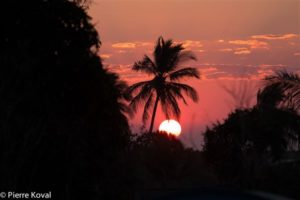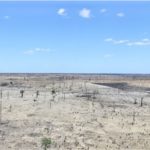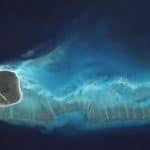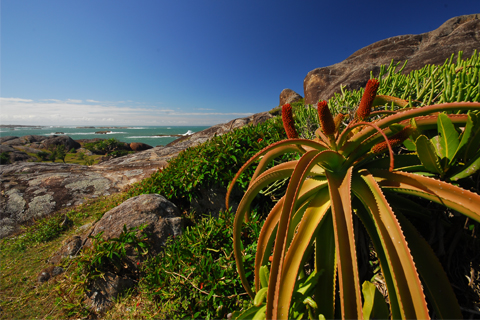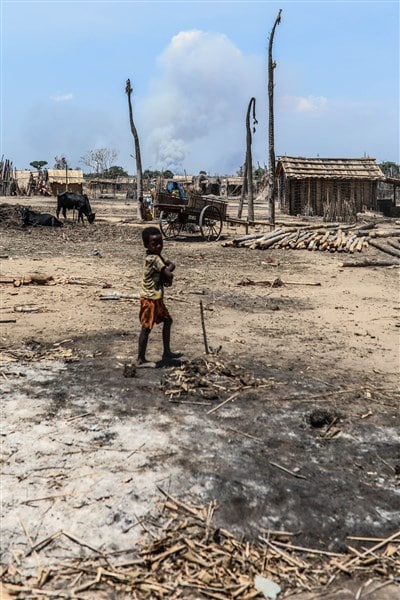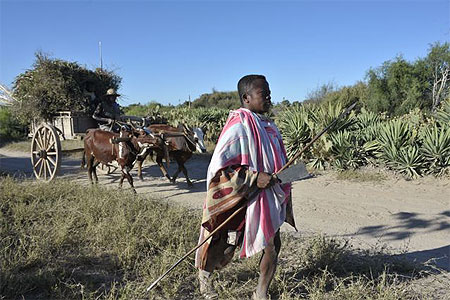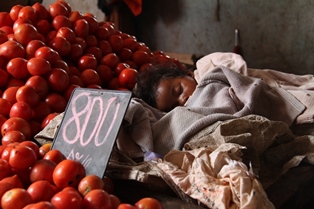Toliary or Tulear
Tulear developed in the Fiherenana lowland, a capricious river that flows at the End of RN7 "the city made and defeated" (Fiherenana no maha Toleara). This former colonial trading post emancipated itself by welcoming all the populations of the region - Vezo, Masikoro (southern Sakalava), Mahafaly, Antandroy, others from further afield, such as the Betsileo and Merina, or even from across the seas, such as the Karana (the Indian minority).
The wide avenues radiating from the old, solidly built center, lined with flamboyant flame and tamarind trees, will be lost in the villages on the outskirts of the city where migrants crowd.
The port city, located north of the Tropic of Capricorn, is smothered by the relentless sun during the hot season. During the rest of the year, it is often swept by the tsiokatsimo - a strong, cool southerly wind that is said to sweep the old Vezo men out of existence.
History of the city of Tulear
In the 17th and 18th centuries, the Masikoro Kings this fishing village of Vezo, protected by a barrier reef ("toly haranana"), to one of its two main trading posts with the bay of Anantsono (Saint-Augustin).

Its wharf was relocated and expanded, allowing the development of a deep-water port from which live zebu, packaged meat, cassava and caper peas were long exported.
The port is now threatened by the spread of muddy mangrove deposits and exports almost exclusively corn and cotton.
Tulear is more oriented toward imports needed by the particularly disadvantaged region and plays the role of a transit center to a lesser extent.
As the fifth largest city in Madagascar with more than 200,000 inhabitants and a university center, Toliara is trying to revive its industry (oil mill, cotton), but above all it benefits from a real development of tourism, encouraged by direct air links with South Africa and Reunion Island.
Toliara (Tulear)
The market, banks and main stores are grouped in a quadrangle bounded by the waterfront to the west, Rue de Richelieu to the north, Rue du Gouverneur - Campistron to the east and Boulevard Gallieni to the south.
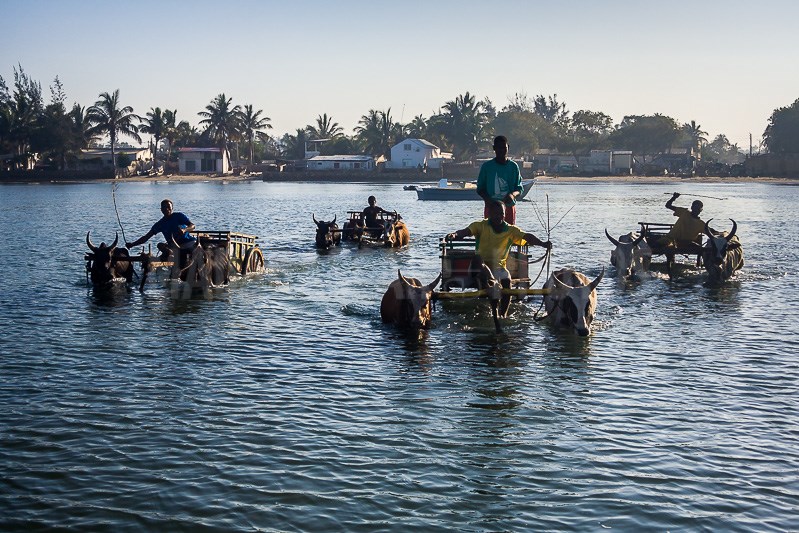
Outside the Battery Beach , north of the city, the beaches are not suitable for swimming, but you can enjoy seafood on the terraces of the restaurants on Boulevard Lyautey while watching the schooners glide over the horizon.
Imposing colonial or Indian-style colonnaded buildings, jalousies, and lavarangana ("varangue," or porch) rise in the adjacent streets. The Great Mosque on Rue Gambetta and the Muslim cemetery of Anketa remind us that most of the businesses are run by Indians.
Every Friday, beggars go to these karana stores to collect their obols, usually food, according to Muslim tradition.
The Karana Minority
Originally from northwestern India and settled for over a century (for the oldest families), the Karana minority plays a significant role in the economy of Toliara and its region.

They were patented lenders and enjoyed, for some of them, a considerable fortune. In 1987, they became victims of a popular uprising, and most of their houses and businesses were looted or even burned down. In a few years they rebuilt everything.
________________________________________
Museum of Art and Traditions of the South
This museum presents the daily life, crafts and funerary art of the Mahafaly, but also of the Sakalava people.
Regional Museum of the University of Toliara
This museum next to the previous one houses a small ethnological collection and a huge Aepyornis egg.
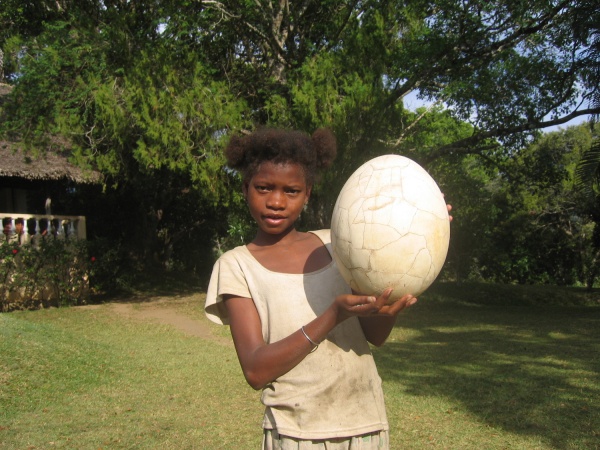
The Aepyornis, a kind of giant ostrich, left fossilized eggs, "often with a capacity of eight liters".
Locals reconstruct them from several shards to sell to tourists, but export is strictly prohibited.
Maritime Museum or Rabesandratana Museum
(between the Avenue de France and the port)
The small museum in the oceanographic research station lists the lagoon's fishery resources. In the central hall, a large aquarium filled with formaldehyde contains a Coelacanth, which was built in 1995 near Anakao was caught.
This fish, (Latimeria chalumnae), is the last survivor of a group related to the ancestors of the first terrestrial vertebrates that appeared 350 million years ago and were thought to have been extinct for over 80 million years.

